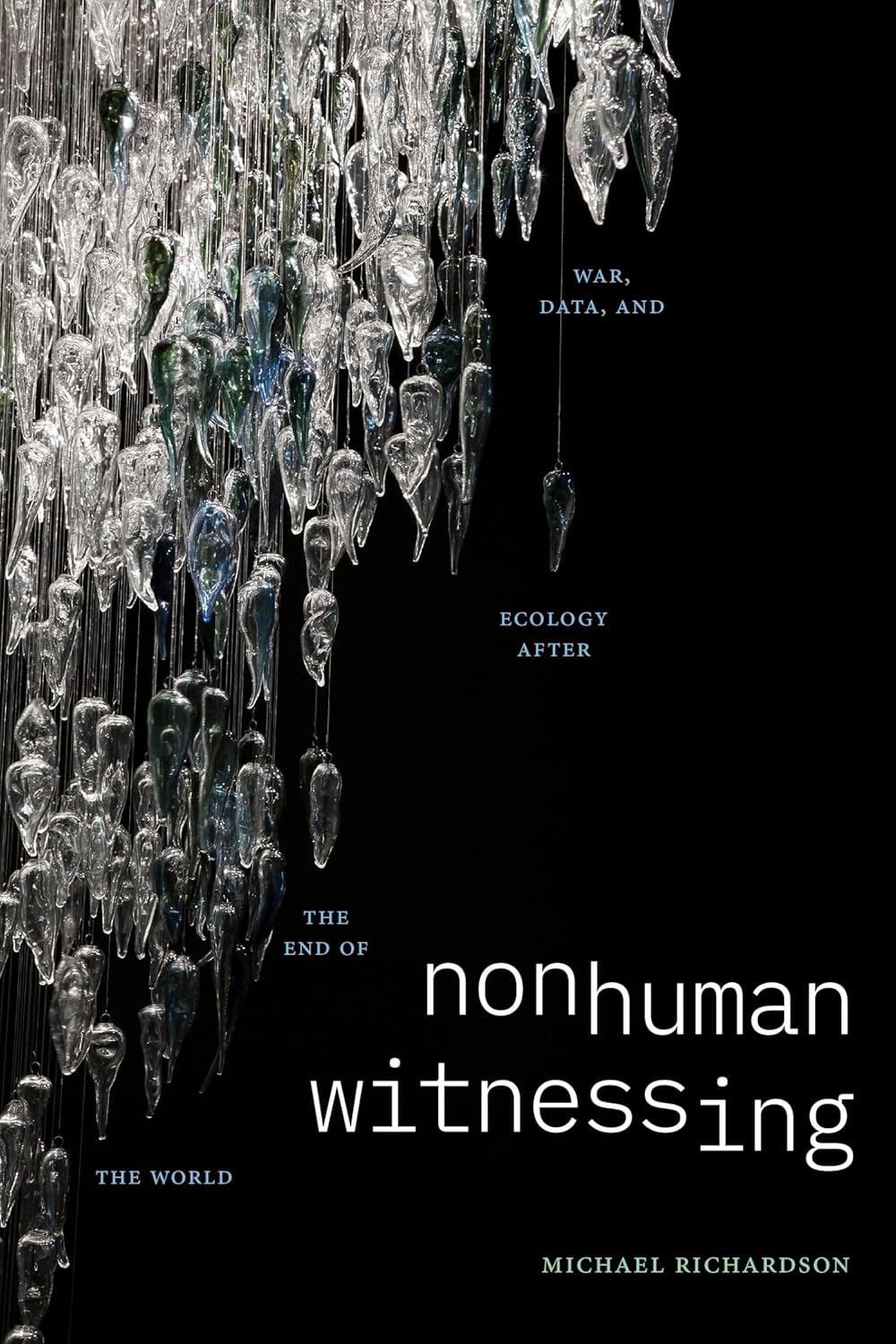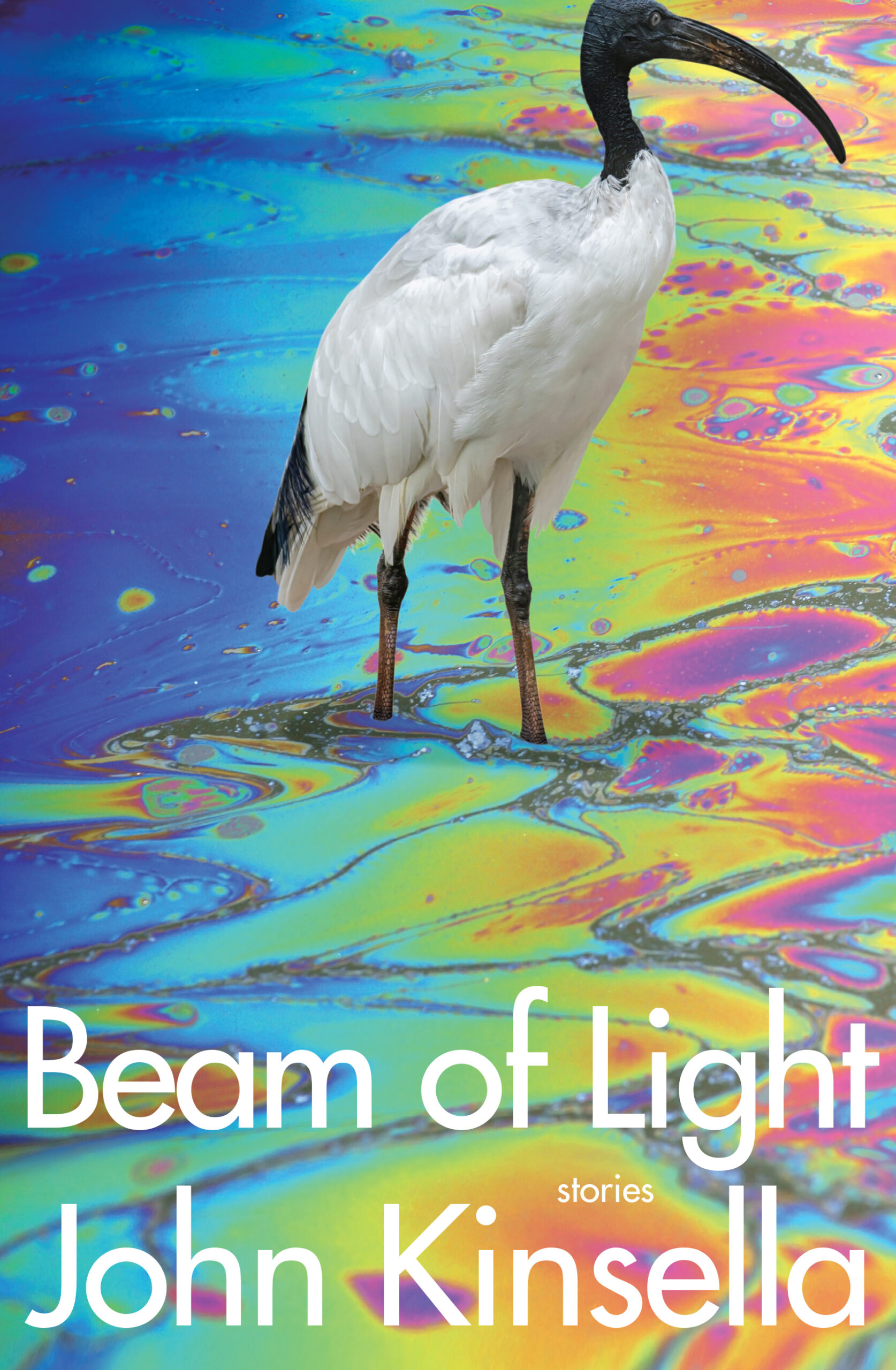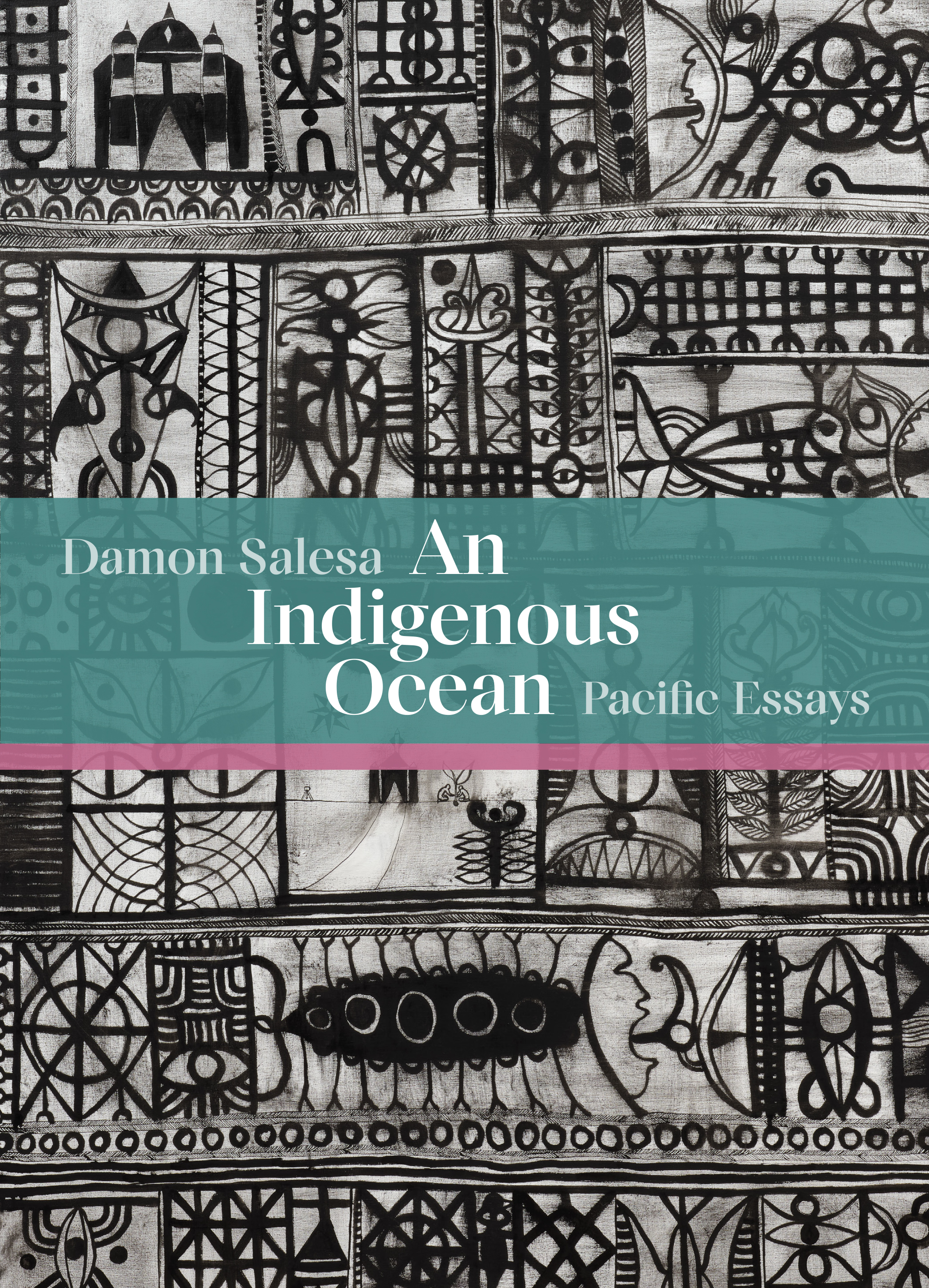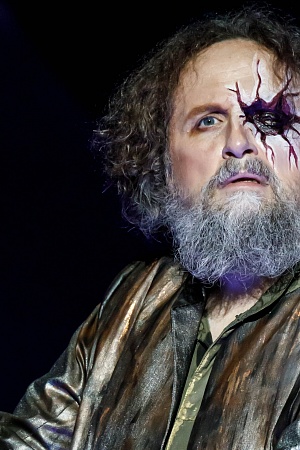2015 Melbourne International Jazz Festival (part two)
Wednesday, 3 June
It is a clear sign of a strong festival program when you find yourself wracked with indecision about what to see. Fact is, on this night, I was spoilt for choice. On offer was the première of Paul Grabowsky’s multi-part suite Nyilipidgi, performed by the Monash Art Ensemble, the Australian Art Orchestra, and the Young Wagilak Group from South East Arnhem Land. Previous collaborations, which yielded the Crossing Roper Bar recordings, were milestones in Australian jazz. Then, there was the première performance of pianist Barney McCall’s new album Mooroolbark. In the end, however, it was the one-off opportunity to hear American sax player Ellery Eskelin that decided the issue.
Continue reading for only $10 per month. Subscribe and gain full access to Australian Book Review. Already a subscriber? Sign in. If you need assistance, feel free to contact us.










Comment (1)
never commented till now.
Thanks again for the awesome post.
Leave a comment
If you are an ABR subscriber, you will need to sign in to post a comment.
If you have forgotten your sign in details, or if you receive an error message when trying to submit your comment, please email your comment (and the name of the article to which it relates) to ABR Comments. We will review your comment and, subject to approval, we will post it under your name.
Please note that all comments must be approved by ABR and comply with our Terms & Conditions.